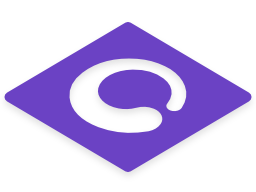# Instancing From Houdini
This guide is focusing on (basic) instancing from Houdini. We also have a guides talking about Point Instancing which is fundamentally different, so make sure to read the instancing overview first.
Instancing, in its basic form, is basically just a simple duplicate of a USD asset, and it carries a dedicated transform.
# Setup your instancing
In Houdini, first we reference an asset using the Reference LOP node and then
we make it "instanceable" by turning on the "Make Instanceable" option in the
Reference node. This is to make sure when we duplicate we know that the
duplicate results will be instanced.

Create a Duplicate node, then for this example we’ll use the following
settings:
- Source primitives are first duplicates.
- Total number is 4. Means we have 3 duplicates since we made the source primitive as the first one.
- Turn on "Make Instances" to make sure every duplicate is an instance.

Afterwards we’re creating series of transformations and each transformations affect only specific Primitives as highlighted. This is to make sure that we transform each instance to position that we want and then write the USD.

# Read in Maya
Finally we read it back in Maya with Multiverse. As we can see from the image below the instancing works as expected. When inspecting in MEOW you should see a blue colors denoting that they are standard instances.

# Conclusion
Even though Houdini can do basic instancing as duplicates just as Maya does, it is actually not as fast and intuitive. When the task is for example to simply layout interior of a house or set dressing a laboratory, Maya would probably be a faster option and more intuitive to use than Houdini.
This concludes the guideline to generate instance from Houdini.
